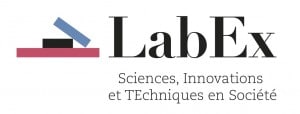Abstract
The focus of this study is on the geography of robotics Research and Development (R&D) activities. The objectives are, first, to identify hotspots in robotics R&D worldwide, and second, to characterise structures and dynamics of global robotics R&D collaboration networks through detailed geographical lenses of global urban areas. We use patents as marker for R&D activities, and accordingly focus on technologically oriented R&D, drawing on information from patents applied for between 2002 and 2016. We employ an appropriate search strategy to identify relevant robotics patents based on detailed levels of the Cooperative Patent Classification (CPC) and assign patents to more than 900 global urban areas based on the inventor addresses. The co-patent networks are examined from a Social Network Analysis (SNA) perspective by means of robotics co-patents, contributing to a global network where urban areas are the nodes inter-linked by joint inventive activities recorded in robotics patents. Global SNA measures illustrate structures and dynamics of the network as a whole, while local measures indicate the specific positioning and roles of urban areas in the network. The results are original in characterising the global spatial emergence of this generic new industry, highlighting prominent urban hotspots in terms of specialisation in robotics R&D, pointing to a global shift reflected by the increasing role of emerging economies, in particular China. The global robotics R&D has grown significantly both in total patenting and also in terms of R&D collaboration activities between urban areas. Also, for the networks, growth is not equally distributed, but is rather characterised by significant spatial shifts, both in terms of cities declining or climbing up the specialisation ranking, but even more in terms of the spatial network structure.
See all documents refering Cortext Manager






